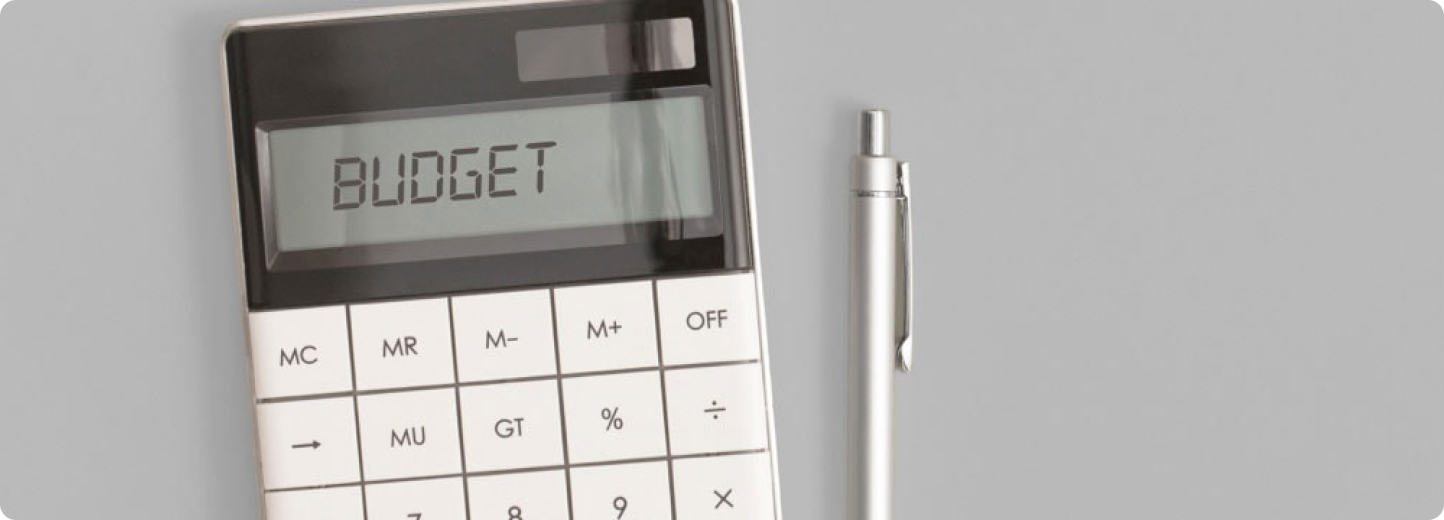
By Renauld Smith
Industry Veteran & Executive Director of IAPDA

Budgeting is essential if you want to get out of debt and avoid remaining in the same cycle of overspending that leads to new debt. The best way to save money to achieve financial stability is to establish a personal budget.
Consider a budgeting software
Budgeting is not a simple task. In fact, most people that start a budget admit that it is very difficult to maintain. A budgeting tool can make the difference between keeping up with your budget or letting it fall by the wayside. Most prefer the old-fashioned pen and paper approach and about half as many use spreadsheets to manage some of their expenses. IAPDA recommends:
Dashboard At-A-Glance
Organize and pay your bills on time

Budget Tracking Intelligence
Track and adjust your spending habits

BudgetMe App
Try the BudgetMe App, receive an exclusive link, and get the debt analyzer for FREE for 30 Days!
BudgetMe AppDebt Analyzer
Save more money

P-Share
Parent share feature

Pencil and Paper Budgeting
An antiquated approach in today’s times but ‘pencil and paper’ is still the most preferred method of budgeting. Printable templates are available for a pencil and paper budgeting strategy.
Build a personal budget
Basic budgeting is the best way to start a budget especially for those first timers. A sold foundation is needed to build an effective spending plan that keeps you on track and in line with your goals.
Before beginning with a budgeting app, it’s best to know the steps before you get started. This will help you decide on the best budgeting tool to fit your needs.
With that in mind, we’ve included a step-by-step guide for How to Create A Budget. This will help you evaluate different tools and find the best solution for your goals.
Make budgeting part of your daily routine
After you’ve outlined your budget, you need to make sure it’s sustainable long term. It’s very common, for people to break away from their budgeting routine which leads to overspending and future debt.
We’ll show you some easy steps you can take to stay on track with your finances so budgeting becomes a daily habit that you can maintain.
Tailor your budget to fit your goals
When creating a budget there needs to be an age-appropriate end goal in mind. What are you budgeting for? Are you fresh out of college looking to purchase a home or do you have your children’s college education in mind? If your children have become adults, you might be concerned about retirement.
Each of these budgets require different financial considerations that need to be designed for specific life stages. Every budget has a different challenge to consider with a different end goal in mind.
Creating a family budget
When budgeting for the family, your
children are the primary focus. Creating a plan that considers the actual expenses of raising your
kids.
According to Bookings Institute the average cost of raising a child to 18 is more than 300,000
dollars. We’ll show you how to create a realistic family budget.
Create A Family Budget.
Budgeting for Couples
It’s difficult enough to manage your money as
a single adult,
couples have it twice as challenging. Individual goals need to be considered as well as
a mutual
agreement on the good of the household. Your goal is to build a budget together that
meets both
partners’ needs.
Make A Budget That Meets Both Your Needs.
Budgeting for the Holiday Season and Vacations
When your household budget is in place, and you’re on track with your goals, a bump in the road can be very frustrating. There are certain events that may arise, some are self-inflicted such as holiday overspending and some are out of your control like an economic downturn. Anticipating these obstacles by strategizing planning will help you maintain your budget.
Creating a holiday budget
The holidays are an expensive time of year
for most
households. The average family spends $1,000 on gifts, food and decorations. It’s easy
to get caught up
in the holiday spirit so overspending is common. Our guidelines can help you remain
withing your budget
avoiding adding additional debt.
Build A Holiday Budget.
Budgeting your vacations
About 74% of Americans have gone into debt to pay for a getaway according to a new study from financial planning company LearnVest. The study, which surveyed 1,000 adults, showed on average, Americans take on about $1,100 in debt on their excursions.
Staying on budget begins with the way you plan your trip and how you make your reservations.
We’ll show you
how to stay on budget when vacationing to avoid higher credit card balances.
Create A Vacation Budget.
Most Frequent Budgeting Questions
Please Contact us directly if your question is not answered here.
Is a budgeting app necessary?
Going digital appeals to about 30% of the public when it comes to budgeting. A budgeting app does have its advantages. Budgeting software automates the process of tracking your monthly expenses. It scans your bank account and tallies up everything you’ve spent, then organizes the totals into easy-to-read charts and graphs. These apps make managing your money easier and more convenient. We’ll show you the advantages of moving to digital.
What does PFM mean?
PFM stand for Personal Financial Management – Any tool that allows you to manage multiple financial accounts on a single platform. The tool syncs your credit cards, bank accounts, retirement accounts and other bills placing them all ‘under one roof’ allowing you to get a clear, simple picture of your finances.
What payment type should I use to keep me on my budget?
Modern payment options go beyond cash verses credit. Many payment types that are too convenient have the tendency to promote overspending. Our outline will show the different types of payment options and their compatibility with budgeting.





